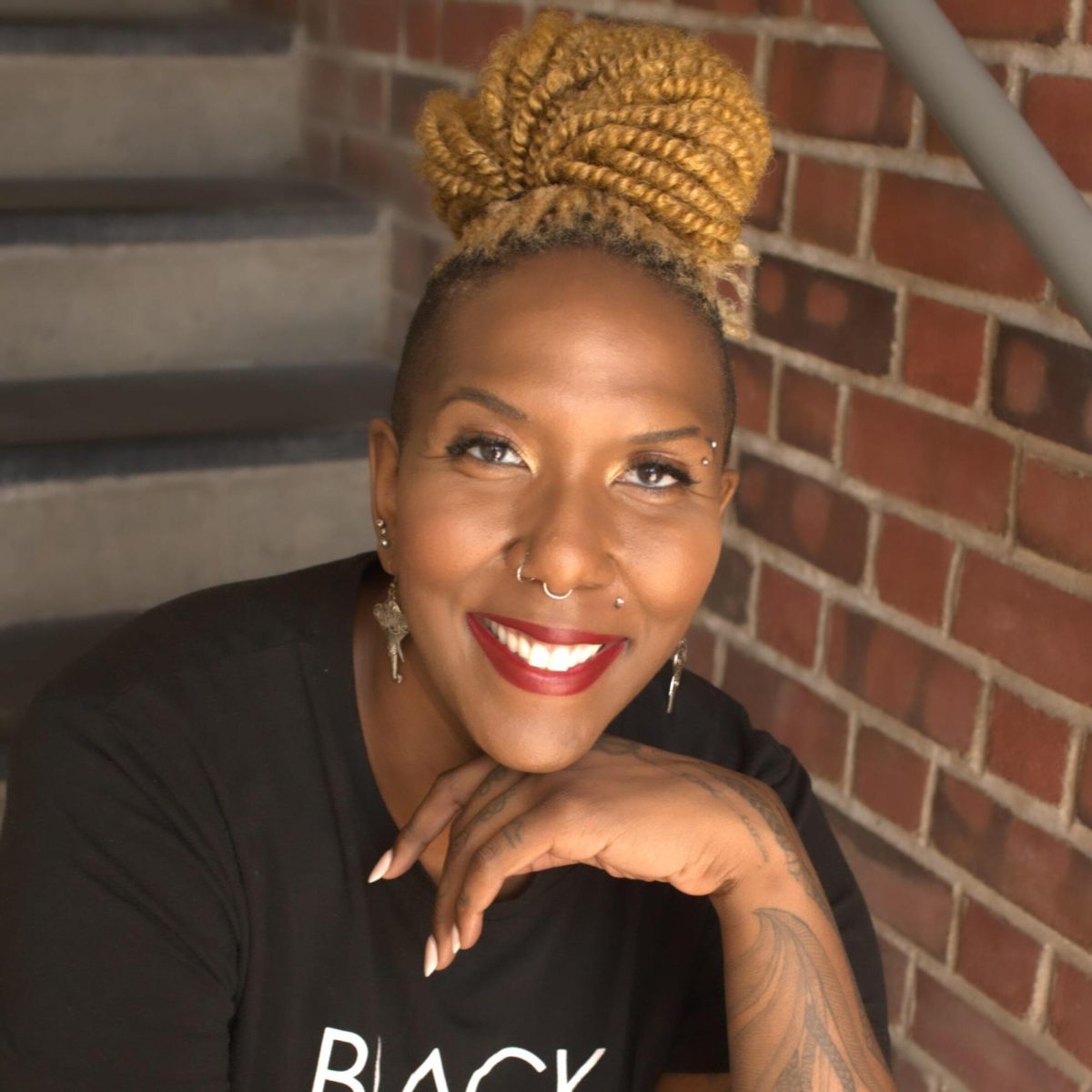Ka Yee Lee, an associate professor in the chemistry department, recalls that soon after earning her Ph.D. in physics from Harvard University in 1992, Mattel was being criticized for its product line of Teen Talk Barbie. Lee said the doll’s catch phrase, “Math is hard,” upset many who felt it perpetuated the stereotype that women were math-inept, sending a discouraging message to young girls.
More than 10 years after Mattel’s marketing decision, Harvard president Lawrence H. Summers incited similar furor over comments he made at a January 14 academic conference, in which he suggested that “innate” biological differences may explain why women are less successful than men overall in the fields of science and engineering. The other factors cited by Summers, which received far less scrutiny in the media, were the career-crippling time constraints of motherhood and institutional discrimination.
To the handful of faculty members interviewed for this article, Summers’s faux pas was not one solely of hypothesizing that biological differences govern aptitude, but offering only cursory explanations for women’s uneven vertical integration in the field of science.
In the late 1970s, when Nancy Cox, an associate professor in the human genetics department, arrived at Yale as a Ph.D. student, she was disappointed to observe the discrepancy between the outside lives of male and female faculty members.
According to Cox, the men “invariably” had spouses and children, while the women did to a lesser extent, giving the impression that for women, a research career and family life were incompatible.
However, cultural attitudes on the division of household labor, childrearing, and career expectations of women have gradually become less rigid.
“It used to be that [men] could spend virtually all their time on their careers,” Cox said. “The wives did everything for them, and sometimes did all the household things, plus some of the organization for them at the lab. Lots of men’s wives don’t do that for them anymore. Lots of young males coming up the ranks in academia can’t spend the kind of time that their forebears two generations ago spent in the lab; their wives have other commitments.”
She said she did not find Summers’s comments to be “right or wrong,” but provoked “a kind of infuriation that people think that only matters to women.”
Other faculty members had problems with Summers’s hypothesis that women’s disproportionate numbers in top academic science posts were linked to inherent biological differences between the sexes, since it serves to exempt academic institutions from moving toward gender equity.
“When I hear assertions like Summers’s, I am immediately skeptical, in part because biological determinism has so often functioned as a rationale for exclusion of women and minorities in U.S. institutions,” said Gretchen Soderlund, assistant director of the Study of Communication and Society.
Summers based his hypothesis on research that showed not only that high school boys’ average scores on standardized math exams were higher than those of girls, but that their scores were more concentrated on both ends of the bell curve than girls’ scores were, explaining why men have a higher level of representation in mathematics departments.
The veracity of such a suggestion is aided by a look at the gender breakdown of top institutions’ math departments that affirm it rather than debunk it.
According to Kevin Corlette, chairman of the mathematics department, there are currently no tenured female professors in the department. The number is on par with comparable institutions; Berkeley has three tenured female professors; MIT, Princeton, and Stanford having two; and Harvard having none in their math department.
A 1995 study by the National Assessment of Education Progress (NAEP) found that the divergence in proficiency scores between boys and girls and their attitudes toward math and science begin to appear at age 13. Furthermore, NAEP found that girls by the age of 17 lag an average of 12 points behind boys’ scores (five points is tantamount to almost a half year of schooling).
Cox said she believes the “toxic” school culture, in which girls are socially penalized for excelling in math and science, contributes to the widening score gulf.
“All I can offer is my personal impression from having been a high school student once. It seems to become less ‘cool’ for females to be in these fields, but that is less true for men. It’s a matter of fashion and peer pressure,” said Alison Hunter, a lecturer in the Biological Science Collegiate Division.
That notion that educational systems, not genetics, influence men’s and women’s aptitude in math and science is supported by findings of the Organization for Economics Cooperation and Development, which administered a standardized exam to 41 countries in 2003, suggesting that boys’ aptitude in math is culturally specific rather than a universal maxim.
For Lee, who attended primary and secondary school in Hong Kong, a country’s educational system plays a large role in shaping subject aptitudes. In Hong Kong, teenagers have to decide whether to continue their education along the “art stream” or the “science stream” by the end of ninth grade, Lee said.
The pressures exerted by society and family coerce boys to enter the “science stream” and girls the “art stream.” Thus, for a girl entering the “art stream,” biology, chemistry, and physics classes are no longer available to them in high school.
“So the differentiation happens very early on in life,” Lee said. “And that completely traps you into continuing science or art. Because if you don’t even have the basic education for science or art, then how could [you] possibly imagine going to the university level, let alone graduate school level?”









